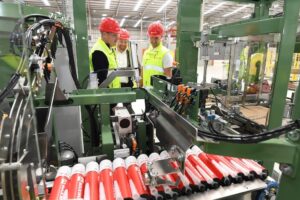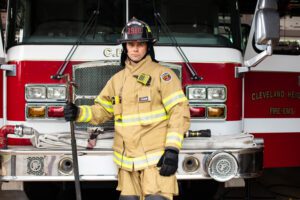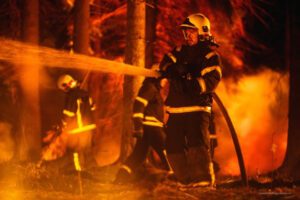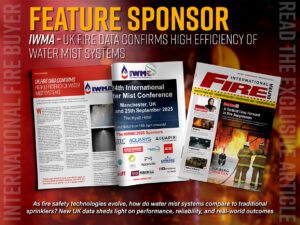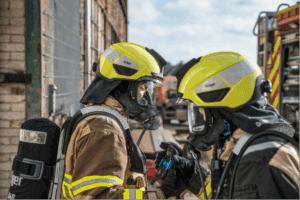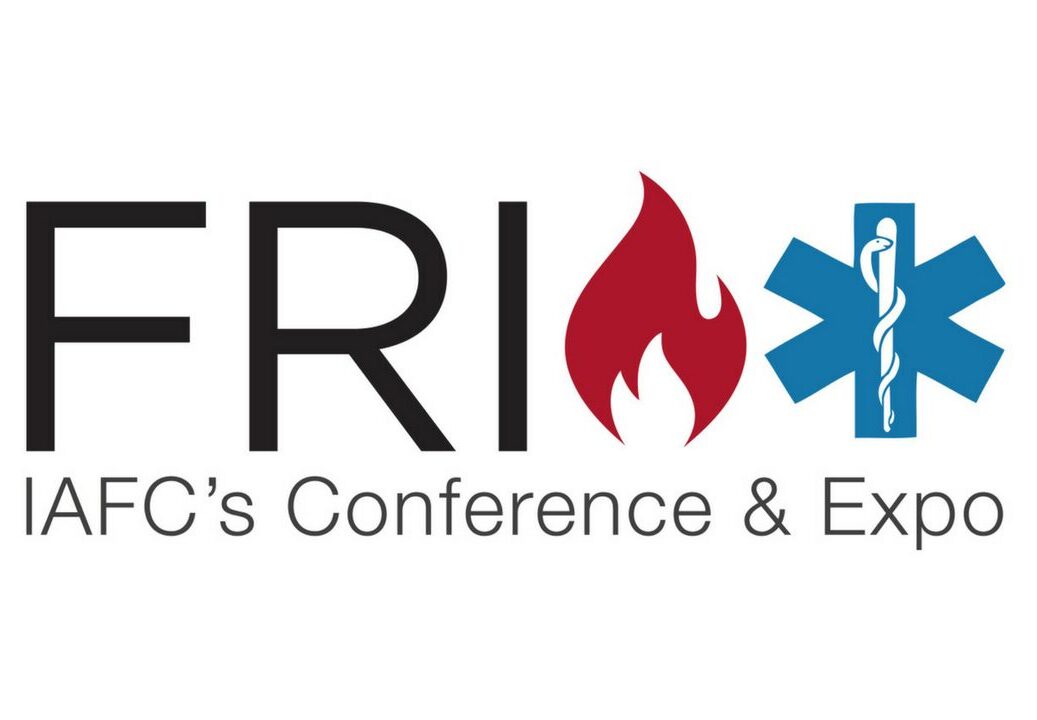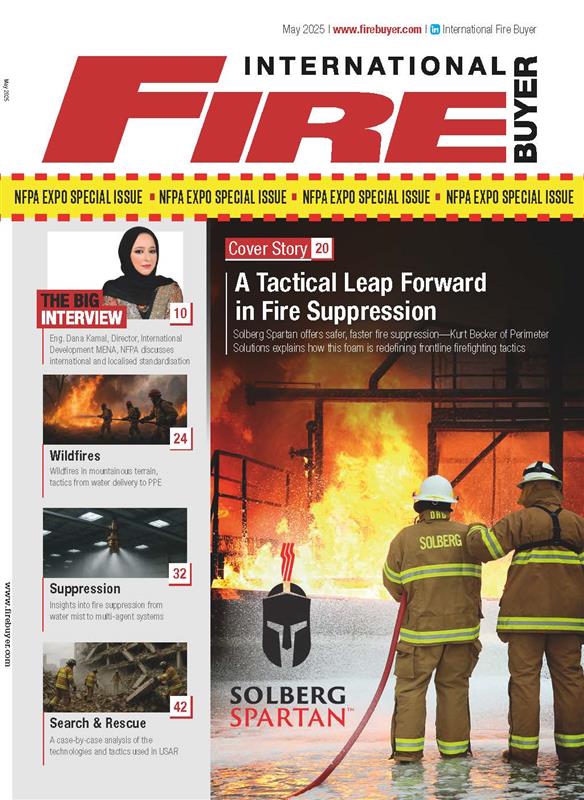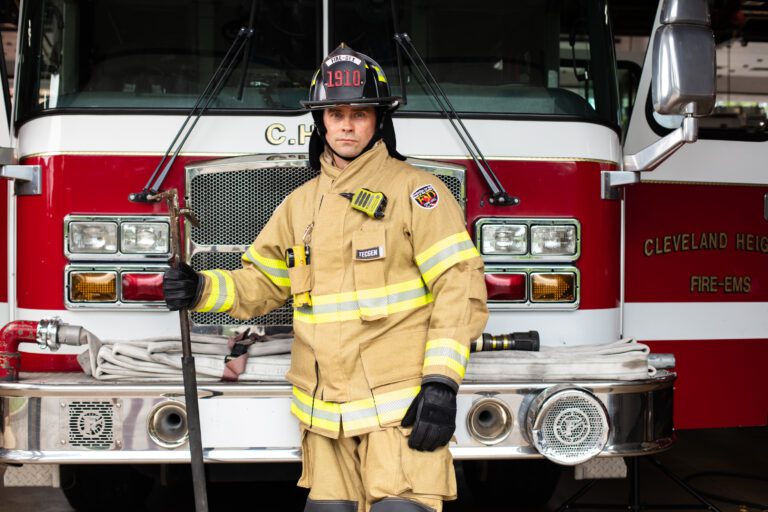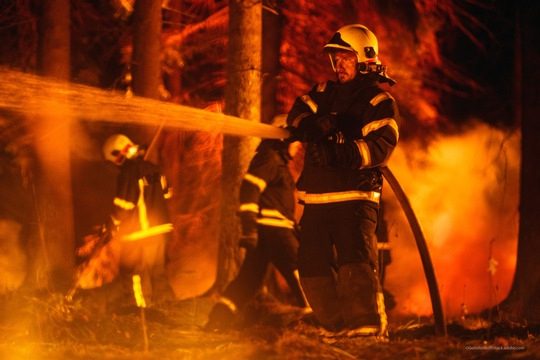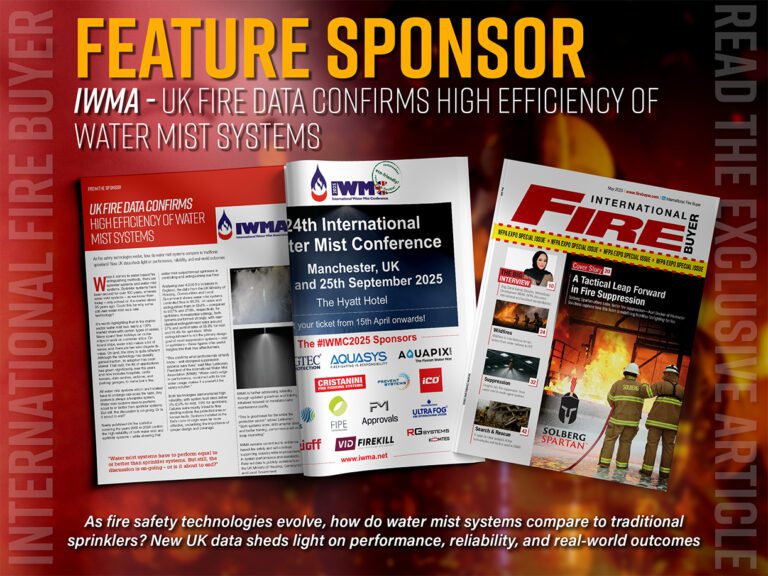Fire Buyer sits down with Martin Green, Fire Safety Expert, Hochiki Europe to discuss fire protection solutions for educational environments
Hochiki Europe, a manufacturer of life safety products, is a strong advocate for fire safety in schools. Recognising the unique challenges of educational facilities, they offer a range of fire detection and alarm systems specifically designed to protect students, faculty, and staff. We caught up with Martin Green, a fire safety expert at Hochiki Europe with over two decades experience in providing fire protection solutions for schools, colleges and universities up and down the country.
Can you provide an overview of Hochiki Europe’s involvement in the education sector?
Hochiki Europe is committed to ensuring the safety of students and staff in educational institutions. We offer a range of compliant fire safety systems and devices which are specifically tailored to the needs of schools, universities, and other learning environments. We work alongside expert systems integrators to ensure safety is the number one priority and as such our life safety technology is installed and relied upon in educational settings all over the UK and Europe, including some of the most prestigious and respected institutions in world.
What are the main challenges when installing fire safety systems in educational buildings, particularly in historical buildings that may have architectural limitations?
Our devices are trusted by leading educational establishments, some that were established by Royalty hundreds of years ago and many of them with great architectural and historical significance. It is imperative that these buildings are guarded 24 hours a day, seven days a week, not only to preserve life and the buildings, but also to protect the vast archives of important artifacts that reside within these academic halls.
Installing fire safety systems in historical buildings presents unique challenges. Architectural limitations, like exposed beams or ornate ceilings, can make traditional system installations difficult. Often the system partners we work with consult with national heritage consultants because when these kinds of installations are taking place, it is vital that the devices and systems used not only meet all the required fire safety regulations but can also be discreet and adaptable solutions while preserving the building’s aesthetics. For example, when working with a college or university that might have ornate ceilings, you’d want to avoid traditional, cabled devices – an option might be to install hybrid wireless devices which helps to avoid disturbing any of these beautiful features.
How do the needs of fire safety systems differ between various types of educational institutions or other applications?
The specific fire safety needs of an educational institution depend on factors like size, occupancy levels, and building type. For instance, a daycare may require a different system compared to a large university with research labs, server rooms or dormitories.
Many educational institutions, having expanded in size over the decades to cater for ever-increasing local populations, now find themselves as sites containing multiple buildings, all remote from the main building. This can be an issue when trying to ensure that all buildings are protected and, more importantly, that all buildings can be monitored at once. In these scenarios a building management graphics platform might be required to monitor the whole site from a single location, whilst the use of wireless sub-systems located in each remote block, using radio technology to connect back to the main house fire system, can negate the costly interconnection of the site’s remote buildings with physical fire cables.
Are there specific scenarios or building types where one system is preferred over the other?
Conventional fire alarm systems are reliable and cost-effective, while intelligent systems offer advanced features like remote monitoring and phased evacuation. We can help schools choose the best system based on their specific needs and budget.
For single structure buildings, such as small nurseries or day care centres, a conventional system will provide simple but reliable protection, providing an early warning of a fire and, with the use of connected alarm devices, can provide an “all-out” evacuation of the building.
Addressable systems, however, can provide many features that can cope with the complexities of a larger, multi-discipline environment found in modern educational buildings. The intelligence at the heart of these systems means that the control panel and its connected detection devices can provide a much more reliable response to real fires, whilst filtering out false alarms caused by transient signals from cooking fumes/heat, dust or tampering.
Modern addressable fire alarm control panels allow complex “cause and effect” programming that can be used to perform various actions on the first sign of a real fire….
To read more articles, see our last issue here.
Never miss a story… Follow us on:
International Fire Buyer
@Firebuyer
Fire Buyer
Media Contact
Rebecca Spayne Managing Editor, International Fire Buyer
Tel: +44 (0) 1622 823 920
Email: [email protected]

